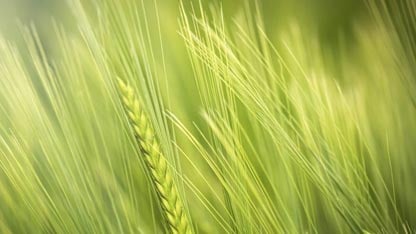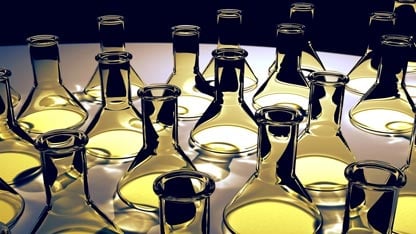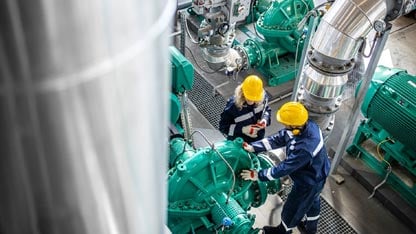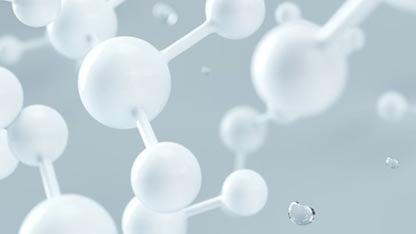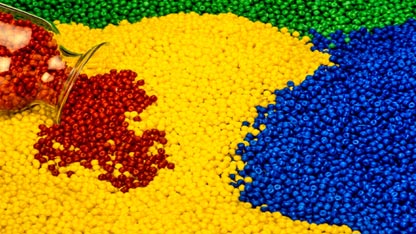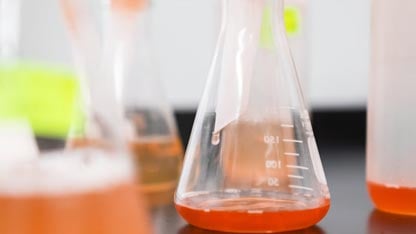Intertek serves the chemical industry with a diverse range of services, from chemical testing and consultancy to inspection.
With chemicals used in almost every product and facet of our daily lives, it is important to ensure they are produced efficiently and in compliance to regulatory standards. Possible health hazards need to be identified and assessed at every step of the global supply chain. With new challenges at every corner of your business from complex manufacturing to new governing requirements, Intertek can ensure you get to market quickly and responsibly.
For all phases of your chemical products' life cycle, our global network of scientists, inspectors, auditors, engineers and regulatory experts have the expertise and experience to assist you and your organisation to comply with regulatory and safety requirements, manage risk, maintain product integrity, and meet sustainability and environmental goals. We help you test and analyse all things chemical, no matter how complex.
Chemical manufacturing itself can also be complicated with expensive infrastructures and specialist equipment. At Intertek, our corrosion and asset integrity experts provide testing and consulting on the life management of chemical manufacturing facilities and on vital equipment in hazardous locations to lower the risk of material and asset failure and support the overall safety of your operations.

